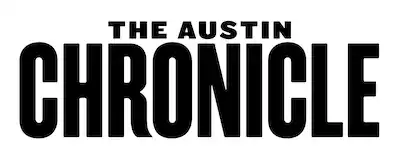https://www.austinchronicle.com/arts/2002-05-03/85734/
Extending a Dance's Life: Deborah Hay
By Dawn Davis Loring, May 3, 2002, Arts
But for modern dance, there is no internationally accepted codified body of technique, because each pioneer created his or her own. In the course of the 20th century, many dancer/choreographers chose to study diverse modern techniques and make use of the highly adaptable and differently bodied dancers that were increasingly available. Some, like the Judson set, rejected the very notion of "technique," and modern dance jumped its tracks, exploding into a multifaceted style, capable of housing radically differing techniques under one troubling and not-very-serviceable moniker. For the Judsonites, the process of archiving dances was questioned or abandoned altogether due to the limitations it placed on personal expression or the choreography's enforced evanescence. Historically, modern dance practitioners have prided themselves on personal interpretations of choreography and have had more artistic leeway than ballet dancers when it comes to varying the choreography. It is not unheard of for a modern dance choreographer to change the choreography to fit the body of the dancer. Is it, then, the same dance? Faced with different bodies of varying capabilities trained by multiple schools, one wonders how modern choreography will survive its original maker.
The bald truth is that it will change. Classical ballets and variations have been modified dramatically as technique sharpens, but we don't have any 400-year-old people around to point out the exact changes. We do have older dancers, dancemakers, and critics who perceive and report on subtle repertory changes during their lifetimes. Current modern choreographers, even ones who may have previously denounced archiving their choreography, are having to face up to the task of transmitting it to new dancers while preserving the original spirit of intent. Deborah Hay is forging her own answer to this issue with Nine Nights of Music in May, to be performed at the Mercury Hall by Hay and Steve Ausbury, Beverly Bajema, and Allison Orr, all experienced performers with impressive and varied pedigrees. Hay has taught the other three performers her solo, titled "Music," through the use of language, subtle direction, and the written word, and each performer has adapted it through daily practice for at least six months. Each solo will also be costumed differently and performed with music of the performer's choice or in silence. It offers audiences a rare opportunity to see one dance performed and adapted by four diverse artists. It is a brave choreographic experiment that joins the worldwide conversation about redefining intellectual property and artistic ownership. In order to answer her own question concerning the perpetuation of her choreographic legacy, Deborah Hay is giving it away to workshop participants -- one solo at a time.
Nine Nights of Music in May will be performed May 7-23, Tuesday-Thursday, at Mercury Hall, 615 Cardinal. No reservations. Call 462-0812 x1 for information.
Copyright © 2025 Austin Chronicle Corporation. All rights reserved.
